Review for Next of Kin
‘Next of Kin’ is a strange one. On the one hand, from its original VHS cover art, it looks like it should sit comfortably with the early 80s horror boom, full of schlock and featuring a Teutonic electronic score (not quite Tangerine Dream but arguably close with Klaus Schulze). This is somewhat reinforced by Quentin Tarantino’s professed love for the film (in the documentary ‘Not Quite Hollywood’). Pegged as a classic sample of Ozploitation, you would be forgiven for making a case with trade descriptions.
But just because it’s not quite one thing doesn’t mean its not a great example of another – a hard to pin, slow-burning horror thriller which is too classy to be cinema verité, and yet has a remarkable naturalism, despite its low budget and relatively inexperienced cast.
Australia enjoyed a sudden cash injection into their own, at the time, near non-existent movie business in 1982. The trouble was, this cash was thrown about willy-nilly, creating opportunity but with strings attached for those caught up in its net. Tony Williams was a director from New Zealand who had recently relocated to Sydney who had already developed a reputation for his documentary making, as well his ability to make half-decent TV ads. With funding to hand, he and the crew behind this film set about making it in record time, starting shooting before the script was finished for fear of missing the financial deadlines imposed by the funding. As a result, it was never quite the film he had hoped for – eventually veering into the horror genre more than the original intent to create a ‘European thriller’ using real locations in the style of the New Wave, which he so admired.
The film stars Wolf Creek’s John Jarratt alongside Jackie Kerin and Robert Ratti, using the well-trodden formula of a new resident in a creepy ancestral home to kick-start its narrative. What’s different though is that this is not just a haunted house or escaped serial-killer on the run plot. Despite the rushed script, it’s much more sophisticated than merely that.
Linda Stevens has just inherited Montclare, a retirement home left to her by her late mother. When she finds a diary belonging to her mother, she discovers tales of strange goings in within the old mansion – taps turning themselves on and off, candles lighting and mysterious voices in the night. When history begins to repeat itself Linda’s nightmares are just the beginning. Montclare hides a dark secret and Linda is in mortal danger. But from whom? And why are so many of the old residents dying so suddenly?
What ‘Next of Kin’ has in spades, once it gets moving (the first 30 minutes are all set-up), is brooding tension and a pervading sense of dread of imminent danger. In common with its lead, we’re never sure if what she is experiencing is real or half-imagined. The film builds on this premise right up to its climactic, Hitchcockian ending – which I certainly won’t give away here, suffice to say, it may be a long wait but it pays off.
Another notable and positive trait of the film is that it is shot so well – great lighting (often natural) and beautifully choregraphed camera sequences, rarely seen in low budget films of this era. This fastidious approach no doubt derived from Tony Williams’ experience in documentary and commercials and is applied here to great effect. In fact, the moving camera work and the repeated long corridor shots have often been compared to ‘The Shining’ which came from a similar time-frame, albeit on a much bigger budget.
It looks like Second Sight have wisely issued Australian Umbrella Entertainment’s transfer, sourced from a 4K restoration from the original 35mm camera negative so it looks in great shape. Colours are far from vivid but the naturalistic hues were very popular in the early eighties, as were some signs of film grain. In fact, rushes were often graded that way to bring those elements to the fore. How styles change…
The electronic score is superb. Of course, I may be biased as I’m a big fan of ex-Tangerine Dream/Ash Ra Tempel drummer turned keyboard and synthesiser maestro Klaus Schulze, who offers up a score that mixes weirdly ambient sound effects with classic Berlin-School electronica. Rumour has it that Schulze composed an original full-length soundtrack but Robbins rejected it in favour of existing tracks from his previous studio albums, along with a few bite-size snippets from the submitted score.
There are two choices for audio; English 5.1 and 2.0 DTS-HD with optional subtitles in English HoH. I chose the original mono which worked a treat for me; I’m not keen on the idea of messing with archival materials and adding a modern sensibility to them.
The disc comes with a generous array of contextual extras including two audio commentaries offering up two perspectives on the making of the film. It also includes two archival black and white TV documentaries from Tony Williams which are great fun, though each pondering a sociological question with no relation to horror or feature films in any way, and not a hint of the great directorial eye lent to ‘Next of Kin’ to be seen either.
Here’s a complete list of extra features.
• Audio commentary with Director Tony Williams and Producer Tim White
• Audio commentary with cast members John Jarratt, Jackie Kerin, Robert Ratti and Not Quite Hollywood Director, Mark Hartley
• Return to Montclare: Next of Kin Shooting locations revisited
• Extended interviews from Not Quite Hollywood
• Tony Williams shorts from 1971: Getting Together + The Day We Landed on the Most Perfect Planet in the Universe
• Deleted Scenes, Original Theatrical Trailer, VHS Trailer, German Trailer, German Opening Credits
• Before the Night is Out - Complete ballroom dancing footage from 1978
• Image Gallery
• Reversible sleeve art
‘Next of Kin’ is highly recommended if you’re interested in seeing a pretty unique take on a horror – slow burning, naturalistic and very Australian. Don’t pick it up for the cover art with the intent to add it next to ‘Microwave Massacre’ or ‘Motel Hell’ from your Arrow collection. It’s just not that kind of a movie. Having said that, its black plastic case looks pretty cool. Well worth a watch.
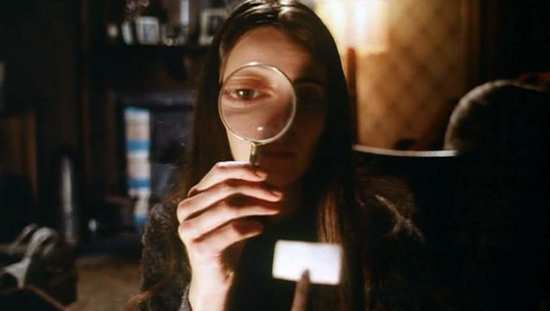

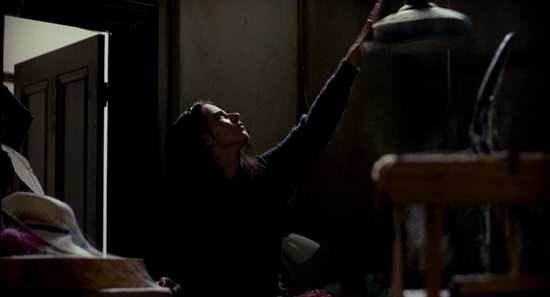
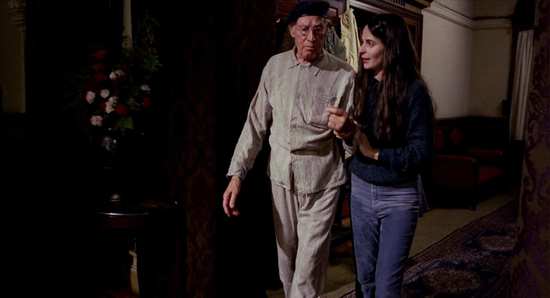
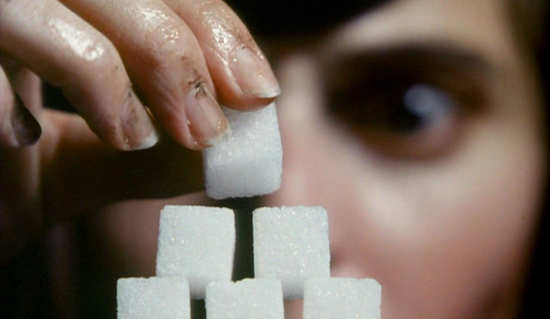
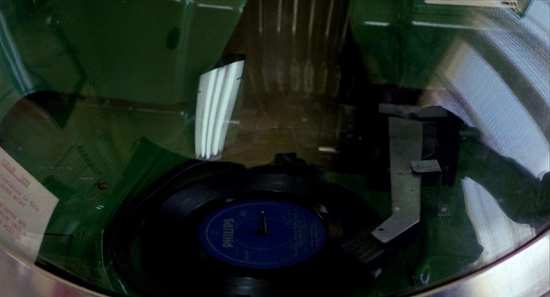
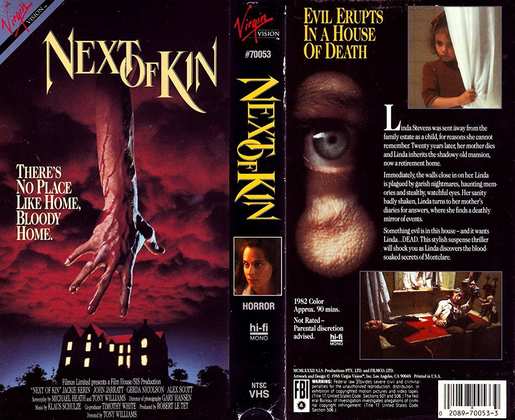
Your Opinions and Comments
Be the first to post a comment!